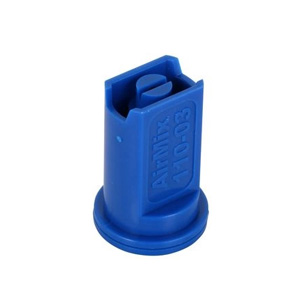Spraying
Buy wear parts for spraying online at Sagro
FAQ about Spraying
Spraying in agriculture is the process of applying pesticides, fertilizers, or other chemicals to crops to protect them from pests, diseases, and weeds while also enhancing their growth and productivity. This is done using various spraying equipment that ensures an even and effective distribution of the necessary substances across the field.
Several types of spraying equipment are used in agriculture, including:
Backpack sprayers: Portable units used for small areas and specialized applications.Boom sprayers: Machines with wide booms designed to evenly cover large fields.
Mist blowers: Equipment that disperses liquid into a fine mist to penetrate dense vegetation.
Aerial spraying: The use of airplanes or drones to rapidly spray large areas.
Tractor-mounted sprayers: Attached to tractors and used for both small and large fields.
Selecting the right nozzle for spraying requires consideration of several factors, including the type of chemical being applied, application rate, spray pattern, droplet size, and pressure. Different nozzles are designed for specific purposes, and it is essential to consult the manufacturer’s recommendations to ensure optimal performance.
When spraying, it is essential to follow necessary safety precautions. Personal protective equipment such as protective clothing, gloves, goggles, and respiratory masks should be used to prevent chemical exposure. It is also important to follow the manufacturer’s instructions for correct dosage and application techniques, avoid spraying on windy days to reduce drift risk, maintain a safe distance from water sources to prevent contamination, and clean the equipment thoroughly after each use.
To maintain a sprayer and ensure optimal performance, regular cleaning is necessary to prevent chemical buildup and corrosion. The nozzles should be inspected and cleaned to prevent clogging, all moving parts should be lubricated, and worn-out components such as seals and gaskets should be checked and replaced as needed. Calibration of the sprayer should also be performed regularly to ensure accurate chemical application.

